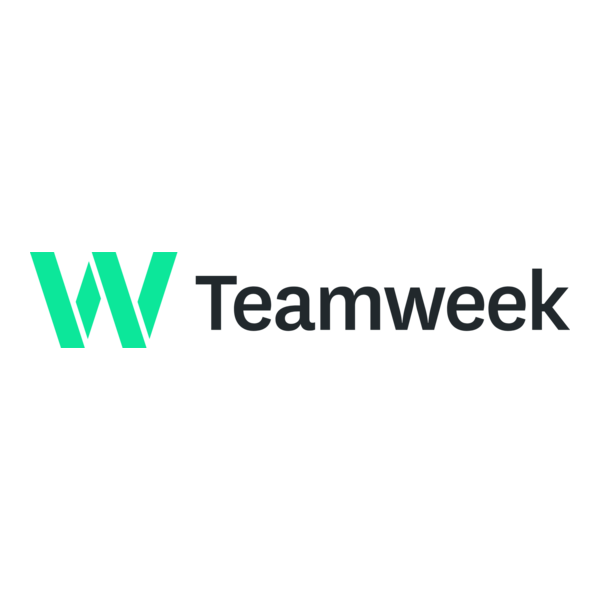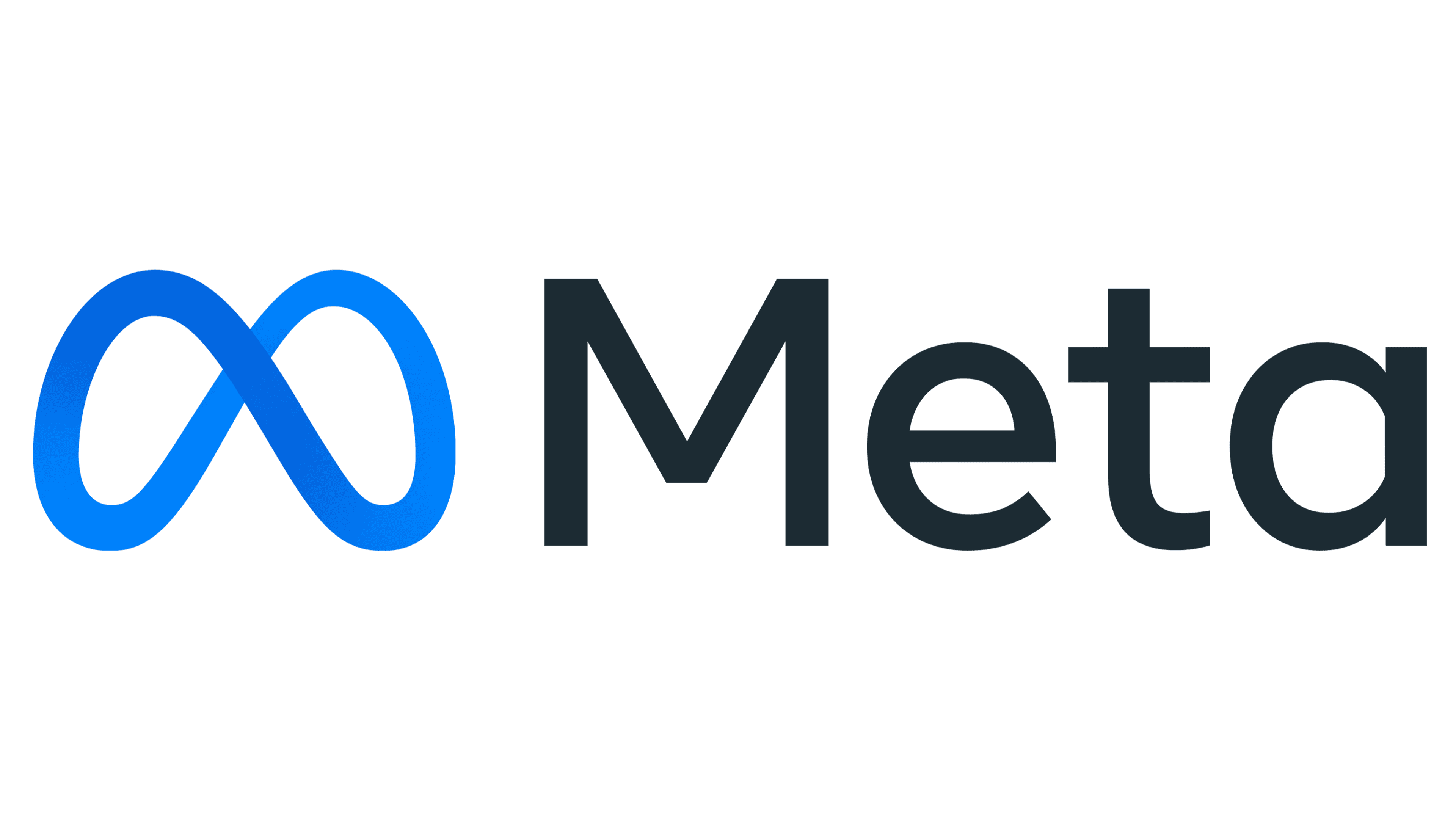3 Techniques We Used to Improve Skyscanner for iOS Performance
Skyscanner boosts iOS speed with three clever, practical tricks.
Showing 20 of 534 articles (Page 25 of 27)

Skyscanner boosts iOS speed with three clever, practical tricks.

Zalando proves fast load times keep users hooked and happy.

Skyscanner simplifies UI testing for their mobile app pages.

Part 2 of Yelp’s efforts to enhance Android search performance, diving deeper into implementation details.

Teamweek shares their overall push to make their app run better.

Part 1 of Yelp’s journey to optimize search performance on its Android app, focusing on technical improvements.

LinkedIn tracks mobile crashes and fixes them fast to keep users happy.

Meta’s Profilo tracks how their apps behave in real-world chaos.

LINE uses Docker to build a fast, scalable testing setup for UI.

Kotlin already has TODOs. That’s awesome! but it’s a tad bit aggressive.

Flipkart shrank their Android app below 10 MB for low-bandwidth users.

Meta explores new ways to mix voice, touch, and more in app design.

Meta’s team speeds up Android UI rendering with multi-threading magic.

Meta rethinks server-side rendering to fit today’s React-driven world.

Instagram grabs data early in the background to keep scrolling smooth.

TripAdvisor tracked bottlenecks and rebuilt their app for speed.

Meta hunts down battery hogs in their apps to keep phones alive longer.

In case you haven’t heard: RxJava 2 was released sometime back. RxJava 2 was a massive rewrite with breaking apis (but for good reasons).

This was the part that I initially found most tricky to grasp but also most important to know as an AndroidDev (memory leak and all).

Zalando tracks what users see in lists to sharpen performance and stats.